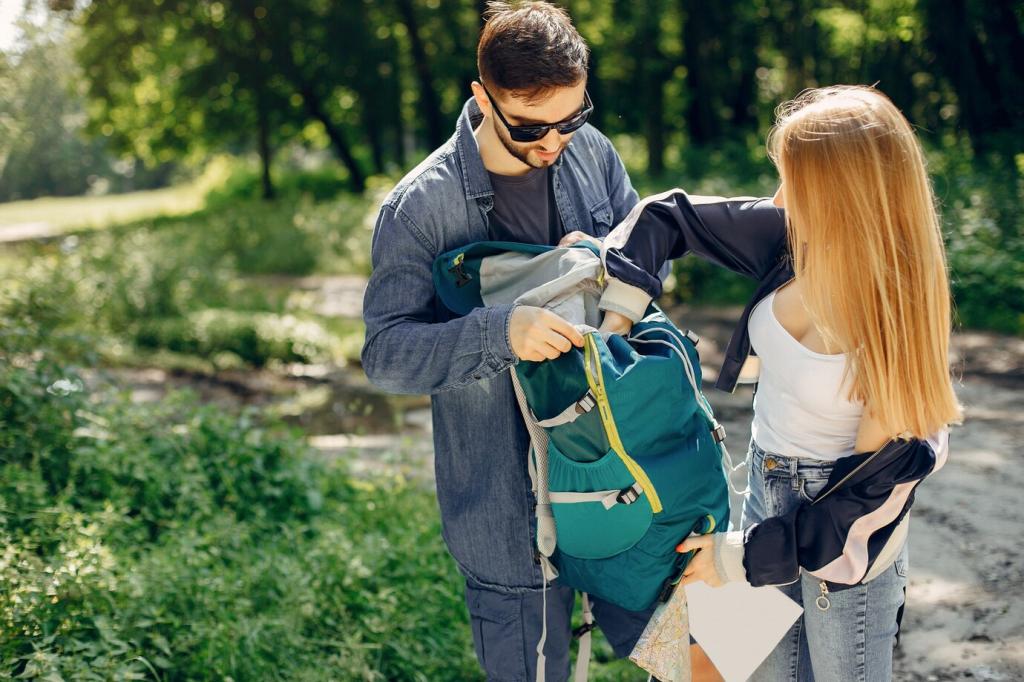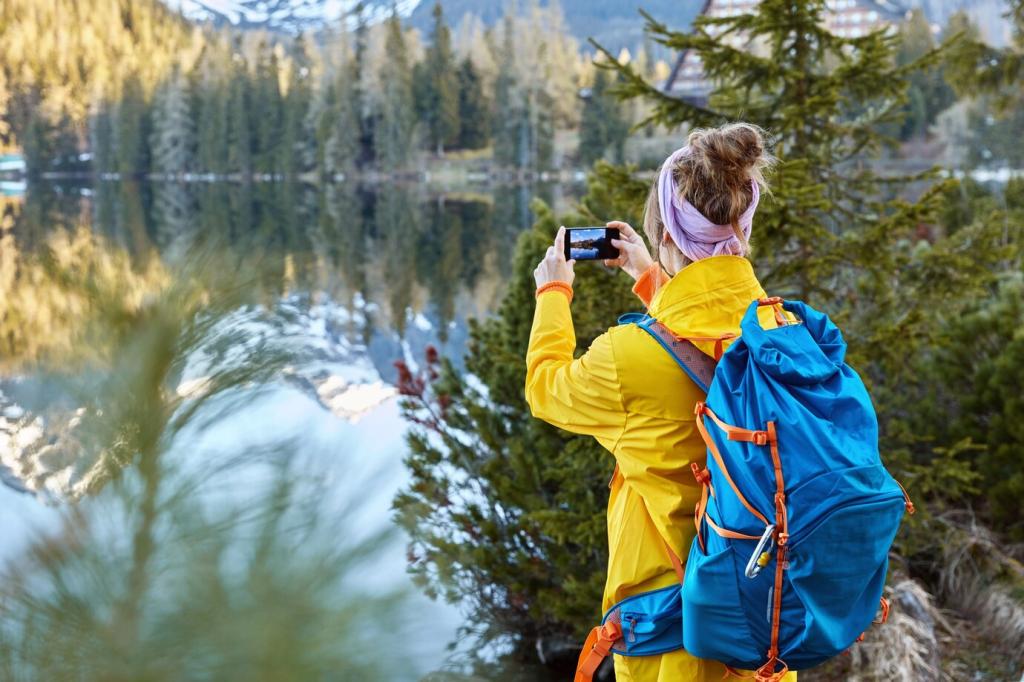Redundancy, Safety, and Ethical Power Planning
List essential devices—satellite messenger, GPS, headlamp—then allocate guaranteed daily watt-hours. Entertainment and extras come last. A simple triage board prevents silent battery failures from becoming safety problems. What’s on your must-charge list, and how do you enforce it with teammates when storms linger?
Redundancy, Safety, and Ethical Power Planning
Use scheduled check-ins, airplane mode, and disciplined screen time to cut waste. Share charging across teams to avoid parallel converters, and keep cables labeled to prevent misfits. Practice protocols on a shakedown hike. Want our sample comms schedule and power SOP? Subscribe and we’ll send the kit.








